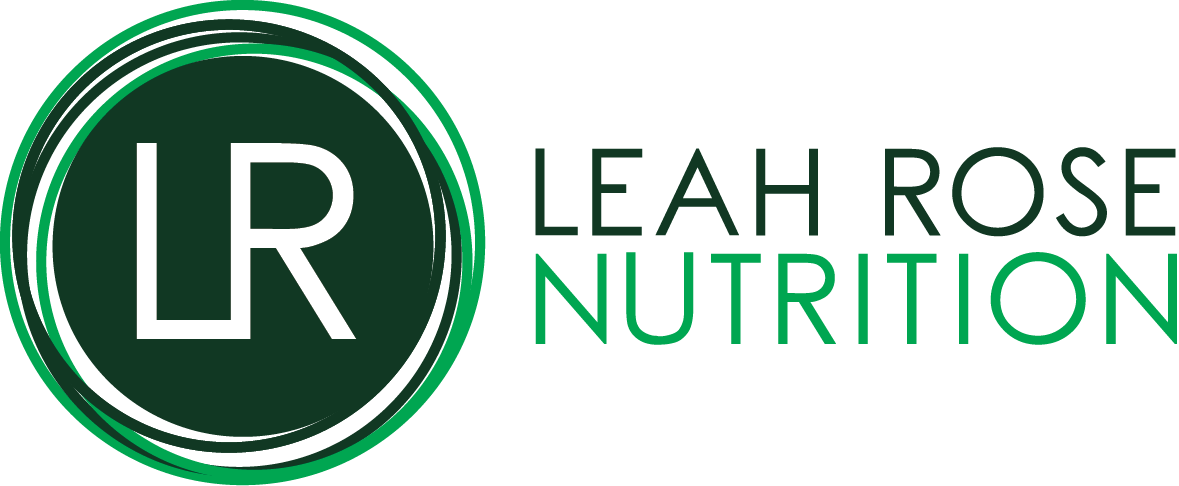How to eat a healthy, balanced diet
We hear it all the time: ‘eat a healthy, balanced diet’ But what does this actually mean?
Generally speaking, a ‘healthy, balanced diet’ consists of more of these:
Lean meat
Fish
Fruit
Veg
Nuts
Eggs
Dairy
Inclusion and variety
Minimally processed foods
And less of these:
Ultra-processed foods
Saturated fat
Refined sugar
Red and processed meats
Regular / frequent alcohol
Restriction / exclusion of foods
Prioritising minimally processed foods that have a low energy density is nearly always going to be a good strategy for energy regulation and therefore body weight regulation, and for making sure you get all the nutrients you need from food. Doing so can often result in weight loss and improved health markers such as regulation of blood glucose and reduced cholesterol levels, even when people eat as much of these foods as they want.
But prioritising minimally processed foods does not necessarily mean cutting out processed foods altogether – it’s important to recognise the joy and comfort that food sometimes brings, and to make sure you give yourself full permission to enjoy these foods on occasion, too.
So, in summary, for most people a ‘healthy, balanced diet’ looks like this: lean meat, fish, fruits, veg, nuts and eggs (adjusted to suit individual preferences and needs), a focus on what to include rather than what to exclude, variety, mostly unprocessed foods, and a calorie intake that maintains a healthy body weight.
